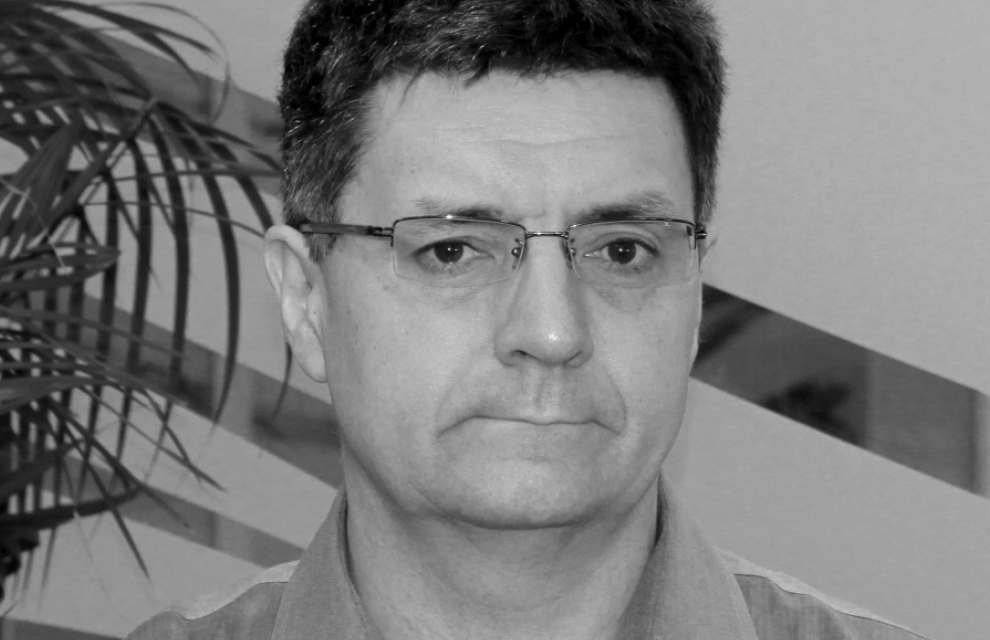What technologies or innovations are market infrastructure institutions currently adopting? How will these technologies affect the value chain in market infrastructure?
Fintech will inevitably change the business model of many companies, be it retail, banking or infrastructure businesses, including the CSD. The most obvious trends are the regulators’ initiatives in the field of collection and analysis of market big data, the use of artificial intelligence and blockchain, and service providers’ efforts to bring together the internet, banking services, social media, and fintech solutions to create a single data stream for market analysis and launch of new products for clients.
Robotisation is in the focus of the financial sector, while active digitalisation entails irreversible qualitative changes in the corporate culture of businesses.
Industry players have a keen interest in digital assets giving rise to the demand for custody services for such assets.
We at NSD are actively involved in so-called digital transformation—we analyse new technology emerging in the market, assess its potential impact on us in terms of both opportunities and threats, and decide on our further steps.
The financial sector today is a cyberspace, with processes transitioning online, and there is no doubt that the trend will continue. Some companies would be able to adapt and add value to clients, while others will have to leave.
What has NSD done to leverage these innovations? What benefits do these technologies bring to buy-side investors and other market players?
NSD is specific in that due to the narrow nature of our business—securities post-trading—not all of the many innovative technologies out there could be applicable to us. For instance, banks can use artificial intelligence, big data, and so on, while we at NSD simply do not have any tasks where those technologies could be efficiently leveraged. However, as far as blockchain is concerned, we have the greatest opportunities ahead. There are two different opinions on blockchain technology. The first one is that blockchain is a disruptive technology for centralised systems, and NSD is based on a centralised system. According to the other opinion, blockchain offers new opportunities for centralised systems and those have to be tapped into the maximum extent possible. To have our own opinion, we need to try and test the technology ourselves. There are currently two business cases for NSD and blockchain—shareholder voting and commercial papers.
In 2017, NSD presented a settlement platform for the issuance of commercial papers by a major mobile network operator. As part of the project, the challenges of ensuring confidentiality of data regarding securities balances and ensuring compliance with specific requirements of Russian laws were successfully solved. A bit earlier, an e-voting system prototype for bondholders was rolled out.
The existing e-proxy voting technology involves data interchange through the chain of nominee holders between the issuer and the owner of securities, back and forth. Within that chain, NSD maintains the voting ledger and ensures the delivery of voting instructions and vote counting. NSD was the first in the world to implement that model.
We are moving step by step, building expertise and demonstrating to the market the long-term benefits of the new technology.
Our goal is to scale up the technology for various financial transactions and processes.
One of the priorities is to reduce the cost of transactions for all players through greater volumes of transactions and involvement of a wide range of issuers and investors.
How does risk brought by innovations play in this arena? What challenges are you foreseeing in the near future and how do you plan to address them?
Our plans are to actively develop the technology, but this would only be possible if the required laws and regulations are in place.
We believe it is crucial to lay down a common regulatory framework for distributed ledger technology (DLT) across all sectors. We are actively cooperating with the regulator in various working groups.
NSD has established the central securities depositories working group on DLT to work on requirements and standards and shape best practices in order to make reliable the process of assets movements within DLT-based networks.
In 2018, NSD and Sberbank CIB, a corporate investment banking arm of Sberbank, announced their intention to jointly test the initial coin offering (ICO) blockchain-based technology through the Bank of Russia’s regulatory sandbox. Testing the pilot project through the regulatory sandbox will allow us to assess the specifics of such transactions, minimise related risks, and receive feedback from the Bank of Russia as to how to improve the mechanisms of those transactions.
How do you see the role of technology in market infrastructure in three to five years?
It is no doubt that technology is transforming the role of market infrastructure. For us at NSD, the ultimate goal is to lay down a foundation for the development of the digital economy in Russia and to ensure the emergence of a new asset class for investors, as well as ecosystems for ICOs and digital assets trading in the secondary market.
Together with the market leaders, we are working on the project to build settlement infrastructure for digital assets, which is an essential prerequisite for institutional investors to enter the market and for ensuring its dynamic development and capitalisation growth.
← Previous interview
Temenos Multifonds
Oded Weiss
Next interview →
SWIFT
Wim Raymaekers
 Image: Shutterstock
Image: Shutterstock 